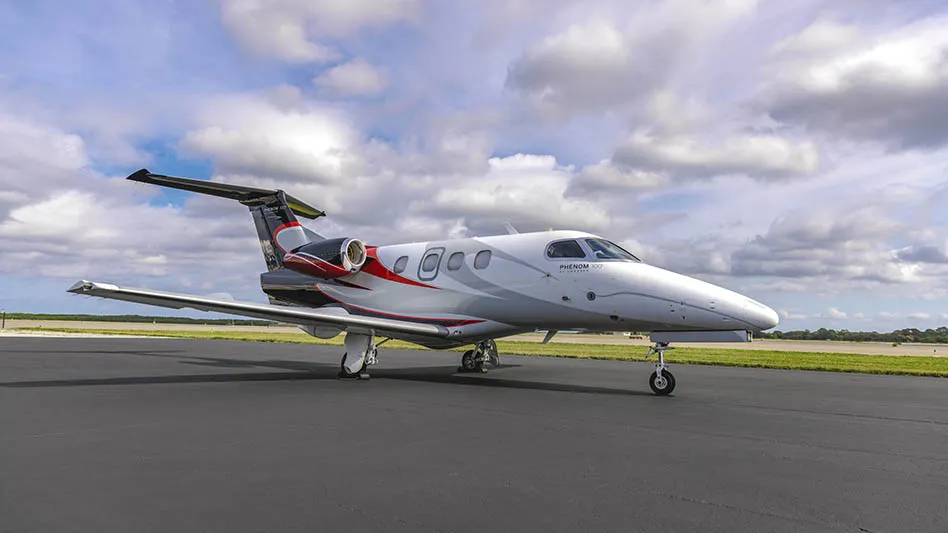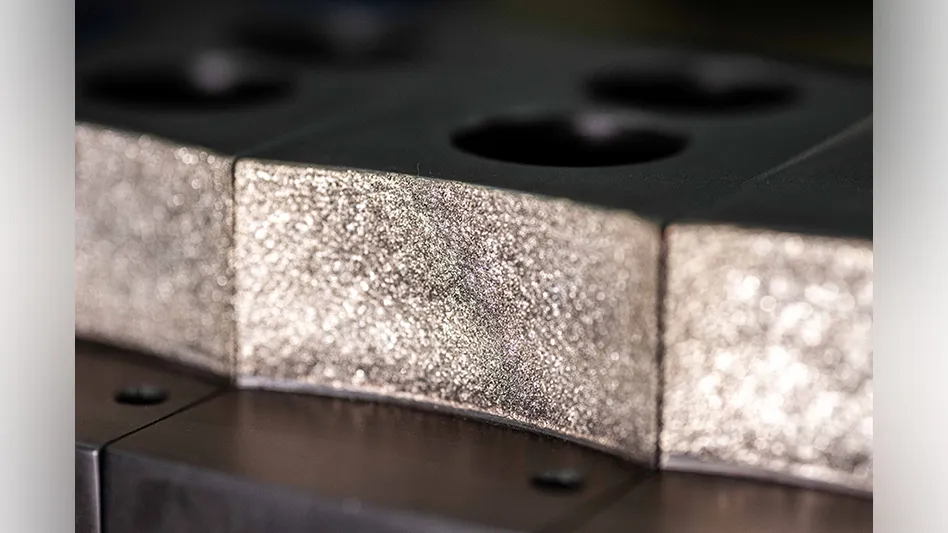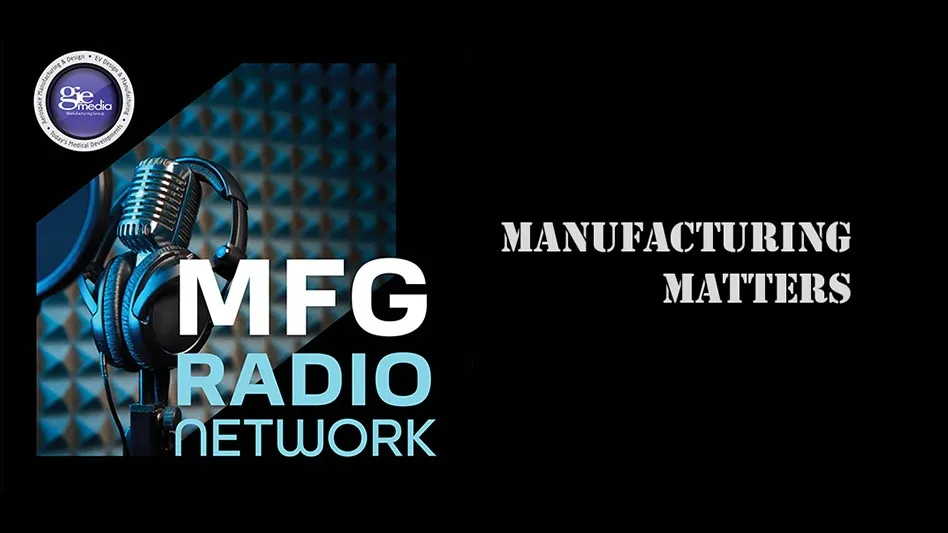

Connected worker technology is an innovative solution using different digital devices, software, and platforms to build integrated working environments. These solutions improve collaboration among workers and streamline data management. They also ensure adequate availability of technical information for the shop floor and field workers.
The aerospace manufacturing sector can leverage connected worker technology to supplement advanced manufacturing strategies and boost sustainability across facilities and the industry. Connected worker technology’s vital for supply chain management, asset maintenance, production scheduling, employee management, and routine reporting.
Connected worker technology will reach $23.2 billion in 2029, with the aerospace sector banking on advanced technology enhancing asset and worker connectivity, improving manufacturing processes and daily aviation operations.
Benefits aerospace manufacturers can gain from investing in connected worker technology solutions include:
Enhanced visibility
Aerospace manufacturing employees collaborate to design and fabricate various aircraft components and structures while working from different locations. Each fabricated part must be available for assembly within a prescribed timeline, requiring manufacturers to track the progress of each team and the entire facility.
Connected worker technology provides visibility into frontline work, with multiple teams uploading real-time data on completed tasks, pending tasks, and existing bottlenecks. Frontline workers submit progress reports using handheld devices and interconnected production systems. Line managers can estimate turnaround times for different teams and address material, tooling, and staffing needs.
Connected worker technology helps track the performance of different production systems. It also helps streamline asset management to optimize availability and reliability for improved production planning. Line supervisors can leverage connected worker platforms to monitor safety compliance among employees, dispense updated training materials, and verify adherence to the approved work standards.
Better communication
A typical aerospace manufacturing facility has hundreds or thousands of employees working in different departments, daily. Managers and line supervisors must track daily attendance, employee work patterns, compliance with safety regulations, and the correct use of personal protective equipment (PPE).
Employees also report workplace hazards and document safety incidents. Sometimes, workers experience increased workloads due to emergency equipment breakdowns and supply chain delays.
Manufacturers provide frontline workers with robust handheld devices to keep a log of all manufacturing activities and enable communications among departments or sections within a facility. The connected worker platform contains a safety panel for employees to report safety risks and document workplace injuries and accidents. Management uses these platforms to communicate safety policy changes and actions taken to rectify reported issues.
Internet of Things (IoT)-enabled devices allow real-time communication and improve data transfer speeds so managers can make decisions faster, reducing manufacturing delays.
Digital communication platforms also reduce paperwork across the facility. They foster sustainability on the shop floor and prevent losing critical information when paper-based data moves from one person to another. The company can also track who approved manufacturing policies or changes, and when.
Error-proofing routine tasks
Aerospace manufacturing is highly regulated and must adhere to industry standards. Most errors occur due to human intervention in the manufacturing process, so the entire process should be fool-proof for maximum aircraft or spacecraft safety and efficiency.
Connected worker technology collects data on the performances of different production assets and their maintenance. The manufacturer distributes technical information – such as maintenance manuals and routine startup procedures – on the connected worker platform.
These platforms contain standard operating procedures (SOPs) and checklists operators and technicians must follow when performing daily production and maintenance tasks. The availability of such information at the tap of a finger ensures the quality of work among different shop floor teams remains consistent.
Connected worker technology improves process automation and provides data required to improve the functionality of existing automation systems, such as precision machines for fabricating aircraft components.
Manufacturers can customize connected worker tech solutions to generate alerts if workers deviate from standard work practices. Such error alerts can shut down machinery to prevent the transfer of errors and the production of substandard components.
Increased work efficiency
Aerospace manufacturers must achieve high work efficiency to reduce production costs. This efficiency depends on the collaboration between the frontline employees and the number of momentary production stops. New hires should integrate into existing teams smoothly, with technical training focusing on increasing individual and team productivity.
Connected worker technology fosters work efficiency by enhancing safety compliance, such as workers using safety gear fitted with IoT-enabled sensors and wearables.
Supervisors can track employee location during work hours, along with their compliance with PPE use regulations. This leads to better insights into productive work practices, optimizing working shifts and reducing safety incidents that decrease work efficiency.
Connected worker technology ensures technical information is available to all employees, allowing them to gain sufficient understanding of how different systems work and how to maximize their performance. New hires can access training manuals and simulations to learn how various assets and digital systems work.
Improved decision-making
Connected worker technology improves decision-making at all levels of an organization. Using digital systems improves data management, enabling employees to implement data-driven manufacturing practices and optimize the entire value chain.
Manufacturers can reorganize production shifts depending on external disruptors and prevailing market dynamics.
By using connected worker technology, all technical, safety, and procedural information is available to the worker when needed. Frontline employees avoid guesswork when performing their roles. An assembly technician can verify how much the landing gear should extend during normal operations. A technician can access technical information to check if something’s a manufacturing defect or improper installation before raising a concern or asking for help.
Conclusion
Connected worker technology’s beneficial for streamlining the workforce and manufacturing equipment productivity. It provides various tools for tracking product quality, safety compliance, productivity, and real-time asset performance.
The complexity of connected worker technology depends on the parameters the manufacturer struggles with and intends to optimize. Aerospace manufacturers should explore the potential of advanced technology for extending the functionality of connected worker technology platforms.
L2L
Explore the June 2023 Issue
Check out more from this issue and find you next story to read.
Latest from Aerospace Manufacturing and Design
- GrindingHub: a showcase for international grinding technology
- FLIR's Si2-Series of acoustic imagers
- Bell reveals Aircraft Laboratory for Future Autonomy
- Autogrip Machinery’s SP-324 stationary three-jaw chuck
- Sierra Space Dream Chaser reaches pre-flight testing milestone
- ABB's modular large robot portfolio
- #35 Lunch + Learn Podcast - How to use Autodesk Fusion with TATA Technologies
- UPCOMING WEBINAR: Additive Manufacturing for Aircraft Cockpit Interior Components





